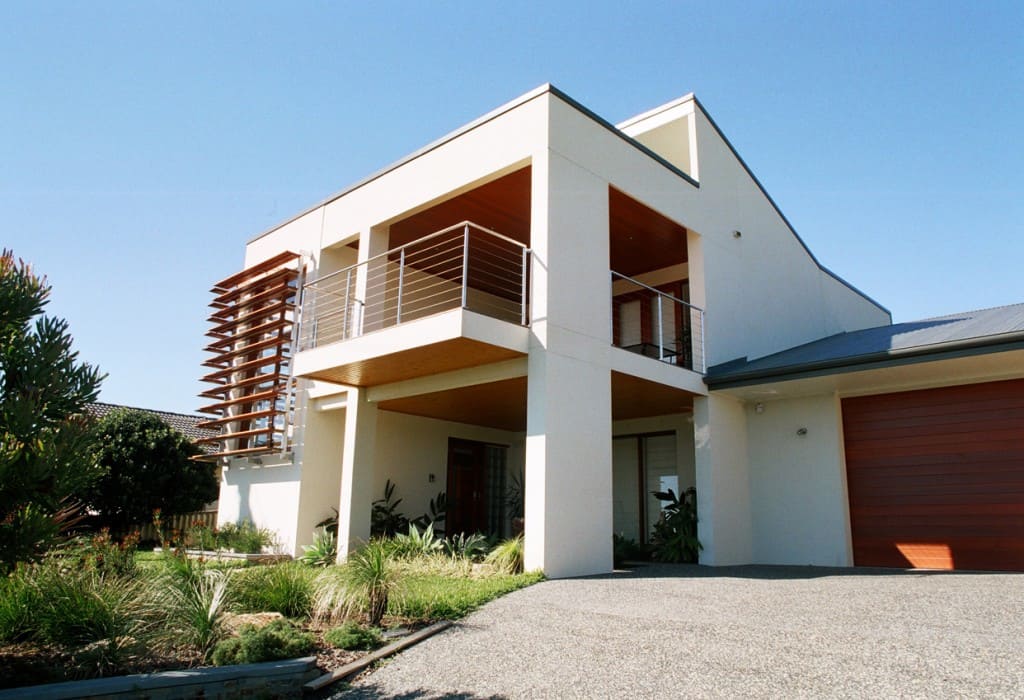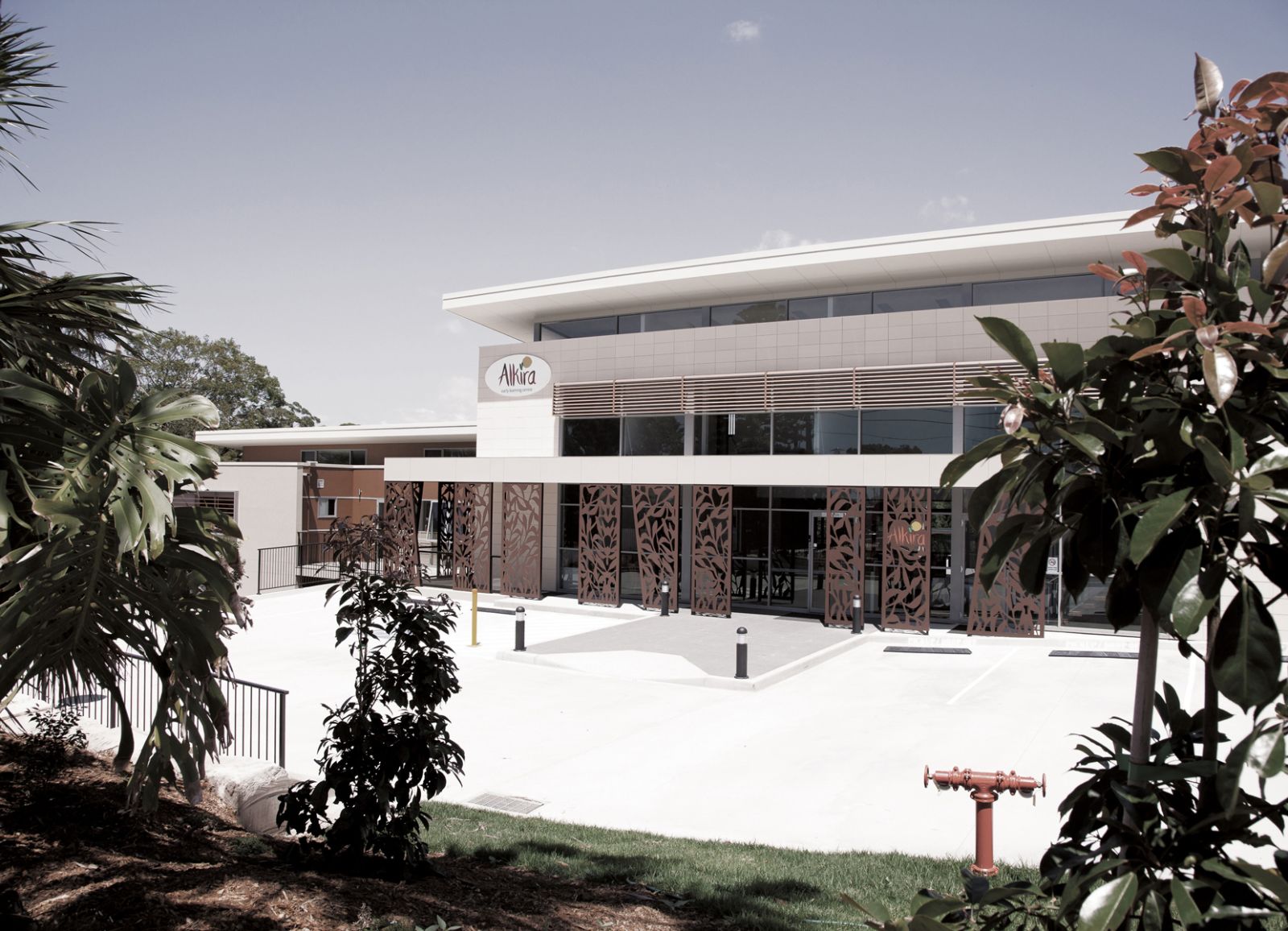Leading Trends in Residential Architecture You Need To Understand About
As residential architecture continues to advance, a number of engaging fads are forming the way we create and inhabit our space. Key advancements such as lasting building methods, the integration of clever home technology, and the increase of modular homes highlight a considerable change towards both performance and environmental obligation. In addition, concepts like open strategy living and biophilic layout are redefining our communication with room and nature. Understanding these fads not just educates design options yet also discloses broader ramifications for way of living and neighborhood - residential house architect. What might these developments indicate for the future of household living?
Lasting Structure Practices
A raising variety of residential projects are accepting sustainable structure practices, driven by a growing awareness of environmental influence and energy efficiency. This shift is characterized by the combination of environment-friendly materials, energy-efficient styles, and innovative building and construction techniques. Property owners and home builders are increasingly prioritizing using renewable energies, such as bamboo and recycled metals, which not just minimize the carbon footprint but additionally boost the durability and visual charm of buildings.
Incorporating energy-efficient systems is an additional essential element of lasting structure - residential house architect. Attributes such as high-performance insulation, energy-efficient windows, and solar panels are coming to be requirement in new residential layouts. These components not only contribute to reduced power consumption however also give significant lasting savings for home owners
Additionally, the format of lasting homes commonly stresses natural light and ventilation, lowering the reliance on man-made illumination and climate control systems. Landscape design practices, such as xeriscaping, more advertise sustainability by minimizing water usage.
As the need for sustainable living remedies continues to climb, the domestic design market is positioned to innovate and adjust, guaranteeing that future homes are not just environmentally responsible but functional and also comfortable for their owners. - residential house architect
Smart Home Technology
Smart home innovation is reinventing the method home owners interact with their space, improving security, benefit, and power monitoring. This cutting-edge strategy integrates different tools and systems, permitting individuals to control their homes remotely or through automated processes. Central to this pattern is the usage of clever devices such as thermostats, lighting, security cameras, and home appliances, all linked by means of the Web of Points (IoT)
One of the most appealing attributes of wise home modern technology is the capacity to tailor setups for ideal power performance. Homeowners can monitor energy use and readjust home heating, lighting, and air conditioning based on their routines, substantially minimizing utility costs. In addition, innovative security systems equipped with clever locks and monitoring cams supply satisfaction, making it possible for remote surveillance and signals to potential safety and security breaches.
Integration with voice-activated assistants improves customer experience, allowing home owners to manage gadgets with basic voice commands. As technology remains to evolve, the potential for smart home systems to enhance lifestyle expands, making them a crucial factor to consider in modern-day domestic style. Ultimately, wise home innovation is not simply a fad but an essential shift towards much more smart living settings.
Open Concept Living
Open principle living has become a specifying attribute in contemporary household style, characterized by the removal of standard barriers between areas. This layout informative post ideology advertises fluidness and connection within the home, permitting a seamless transition in between locations such as the cooking area, eating, and living areas. By getting rid of dividings and wall surfaces, open principle layouts produce a sense of spaciousness, promoting a welcoming ambience that boosts social communication.

Furthermore, this approach to property design straightens with minimalism, focusing on practical simpleness and aesthetic comprehensibility. House owners value the versatility of these designs, which can be easily adjusted to reflect personal design through furnishings arrangement and decoration. As open concept living remains to obtain traction, it continues to be a testament to progressing family characteristics and the need for homes that boost link and comfort.
Biophilic Style
Biophilic layout has come to be increasingly considerable in household architecture, highlighting the inherent connection between human beings and nature. This design viewpoint looks for to incorporate natural environments right into living spaces, thus cultivating a feeling of important link well-being and improving the top quality of life for occupants. By including features such as all-natural light, plant life, and organic products, biophilic layout advertises a harmonious connection in between interior settings and the natural globe.
Crucial element of biophilic design include large home windows that provide unobstructed views of outdoor landscapes, living wall surfaces that present plant right into insides, and open layout that urge air movement and all-natural light infiltration. Water attributes, both inside and outside the home, serve to produce calming ambiences and boost sensory experiences.
In addition, using sustainable materials not only supports ecological stewardship but also adds to much healthier interior air top quality. As awareness of ecological problems boosts, house owners are significantly prioritizing designs that mirror their link to nature. Fundamentally, biophilic style not just boosts aesthetic allure yet likewise addresses psychological and psychological needs, making it an essential trend in modern domestic architecture.
Modular and Prefab Residences

Furthermore, prefab and modular homes are created with sustainability in mind. Several manufacturers utilize energy-efficient systems and environment-friendly materials, such as photovoltaic panels and progressed insulation strategies, adding to lowered power intake and reduced energy expenses for house owners. hop over to these guys The adaptability of style choices enables for customization, satisfying varied aesthetic preferences and functional requirements.
As the demand for economical housing remains to climb, prefab and modular homes present a feasible option, resolving both economic and ecological challenges. Areas are increasingly acknowledging the possibility of these frameworks, incorporating them into urban and country settings. Overall, the fad toward modular and prefab homes indicates a change toward much more sustainable, efficient, and versatile living environments, making them a pivotal element of modern residential style.
Final Thought
Lasting structure methods and wise home modern technologies boost efficiency and convenience, while open principle living and biophilic layout foster social communication and a link to nature. The rise of modular and prefab homes provides adjustable and inexpensive remedies, reflecting a broader shift towards functional and responsible living.
Trick advancements such as sustainable building practices, the integration of smart home technology, and the surge of modular homes underscore a considerable change in the direction of both capability and ecological obligation.The rise of modular and prefab homes has actually transformed the domestic architecture landscape, offering cutting-edge remedies for effective and sustainable living.Moreover, modular and prefab homes are made with sustainability in mind. On the whole, the pattern toward prefab and modular homes symbolizes a shift towards extra sustainable, efficient, and versatile living atmospheres, making them a critical facet of modern property design.
Lasting structure practices and clever home innovations boost effectiveness and convenience, while open principle living and biophilic style foster social communication and a connection to nature.